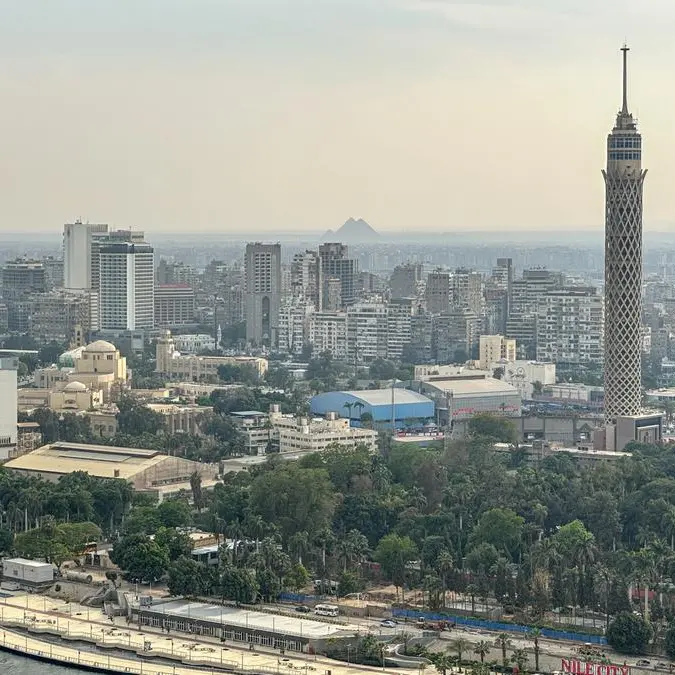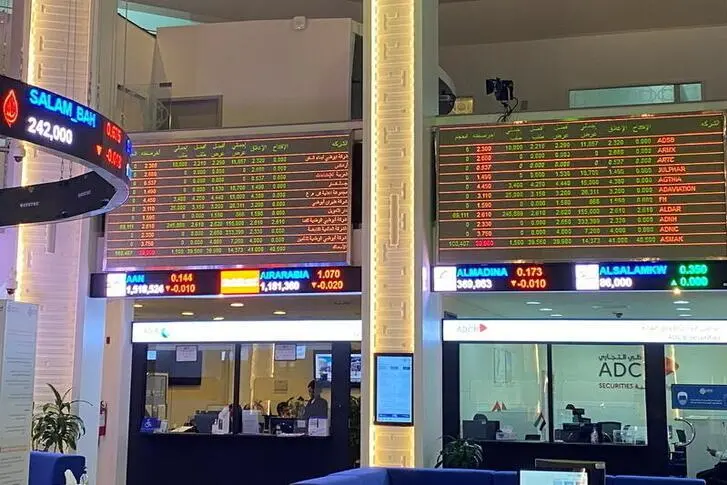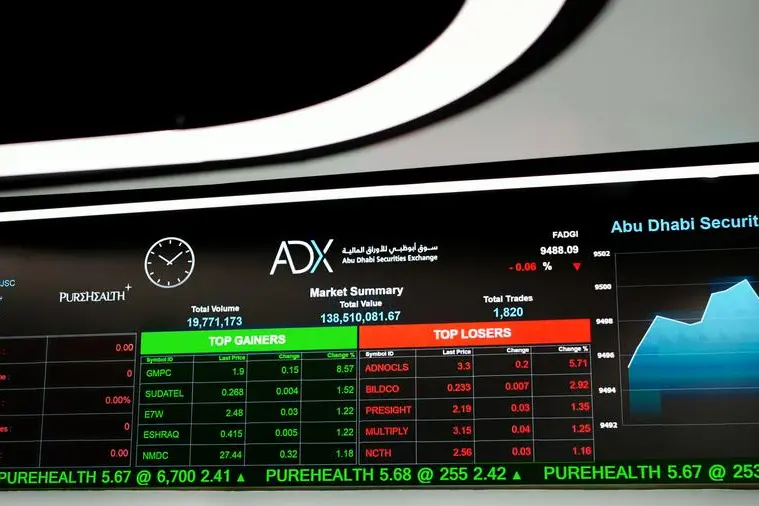PHOTO
Roman ruins into the archeological site of Sbeitla, Tunisia.Getty Images I just try to tell my emotions and take you around the world
TUNIS: The Executive Board of the Central Bank of Tunisia (BCT) decided at its meeting Wednesday to reduce its key interest rate by 50 basis points to 7.5%.
This decision, which reflects the BCT Board's commitment to price stability without neglecting support for growth, will take effect on March 27, 2025.
To this end, the deposit and 24-hour lending facilities have been reduced to 6.5% and 8.5% respectively, according to a press release issued on Wednesday following the BCT's Executive Board meeting.
The board also decided to reduce the minimum return on savings to 6.5%.
«In view of the growing uncertainties, the Board will continue to closely monitor both internal and external risks related to the inflation outlook and stand ready to take necessary decisions,» the central bank added.
At the meeting, the Board reviewed recent economic and financial developments, both internationally and domestically, as well as the inflation outlook.
On the domestic front, economic growth remained on an upward trend in the last quarter of 2024, reaching 2.4 per cent (year-on-year), compared to 1.8 per cent in the previous quarter, thanks in particular to the strengthening of activity in the services and agricultural sectors.
In the external sector, the current account deficit stood at TND 1,654 million (or 0.9% of GDP) at the end of February 2025, compared with TND 113 million (or 0.1% of GDP) a year earlier, mainly due to the widening of the trade deficit (TND -3,518 million compared with TND -1,780 million at the end of February 2024), despite the good performance of tourism receipts and workers' remittances.
On March 25, 2025, net foreign exchange reserves amounted to TND 22.9 billion (or 100 days of imports), compared with TND 27.3 billion (or 121 days) at the end of December 2024. The dinar exchange rate remains resilient against the major currencies.
Inflation continues to show signs of deceleration, reaching 5.7% in February 2025, down from 6% in the previous month.
This was mainly due to the easing of inflation in products at administered prices (2.2% compared with 3.8%), linked to the reduction in VAT on consumer electricity prices and the maintenance of the price freeze on the main products and services.
On the other hand, core inflation "excluding fresh food and products with administered prices" rose slightly to 5.1% in February 2025, compared with 5.0% in the previous month.
For its part, fresh food prices remain at a relatively high level, at 13.3%, compared with 13.2% in January 2025. The BCT noted that the latest inflation figures have led to a downward revision of the inflation outlook for the period ahead.
However, wage increases in both the private and public sectors are expected to put upward pressure on production costs and further stimulate demand in a context of less dynamic productive capacity, particularly in the context of persistent water stress and the slow pace of implementation of strategic reforms.
According to the BCT, this situation could hamper a more significant decline in inflation in the short term.
In terms of annual averages, inflation is expected to fall from 7% in 2024 to 5.3% in 2025.
According to the central bank, the future path of inflation remains surrounded by a number of upside risks. In particular, it would depend on the evolution of the international prices of the main commodities and raw materials, the dynamics of demand and the ability to manage the fiscal imbalance.
On the international front, the almost generalised easing of tensions in the international prices of the main commodities and raw materials has supported the continuation of the disinflationary process at the global level in 2024.
Nevertheless, the persistence of core inflation has kept global inflation above central bank targets in the first few months of 2025.
These developments, against a backdrop of unusually high geopolitical and trade uncertainty, have led to an upward revision of the near-term inflation outlook and a pause in policy rate cuts by several central banks in major economies.
© Tap 2022 Provided by SyndiGate Media Inc. (Syndigate.info).




















